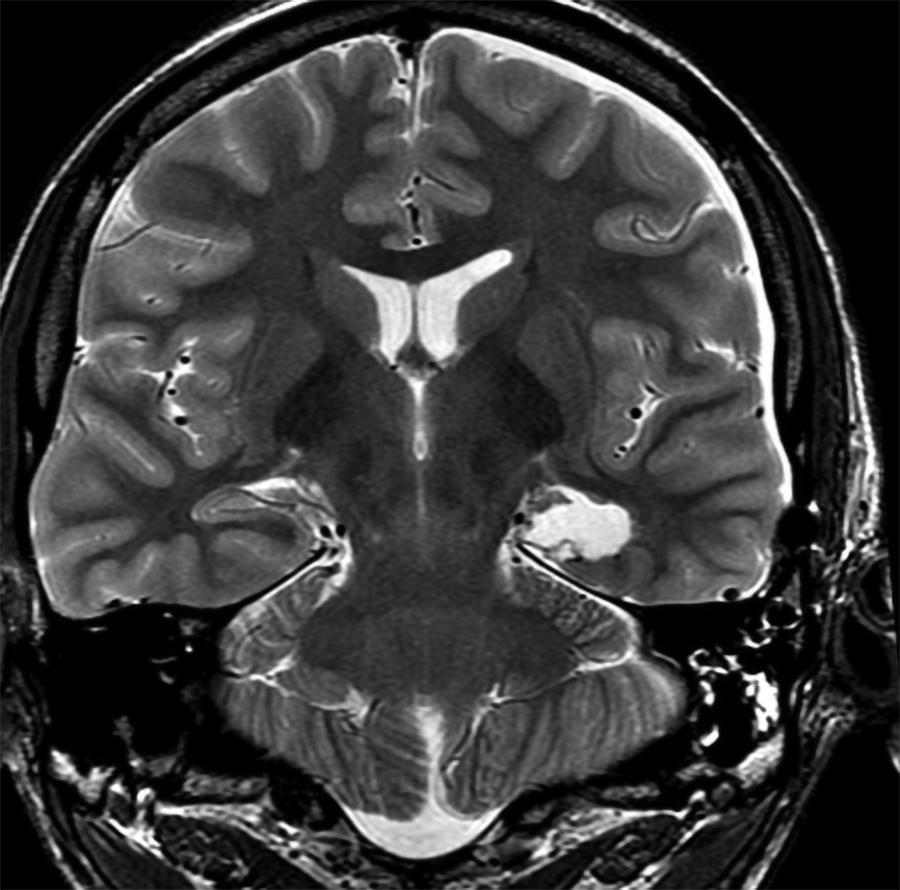Physical Address
304 North Cardinal St.
Dorchester Center, MA 02124
This chapter includes an accompanying lecture presentation that has been prepared by the authors: ![]() .
.
The selective amygdalohippocampectomy (SAH) appears to be as effective in terms of seizure outcomes as a traditional anterior temporal lobectomy (ATL) in patients with mesial temporal epilepsy.
The subtemporal selective approach removes the mesial temporal structures without disrupting the anterolateral temporal lobe or the temporal stem.
Before research in animal models and human depth electrode recordings definitively demonstrated that mesial temporal structures are largely responsible for seizure generation in mesial temporal epilepsy, neurosurgeons began to explore techniques for resection of the deep mesial temporal structures while preserving the superficial cortex and white matter tracts. The first procedure describing a selective amygdalohippocampectomy (SAH) was published by Niemeyer in 1958. Although he originally described his approach as transventricular, this approach would eventually be described as the transcortical SAH. In the original description, the middle temporal gyrus was used as the entry point. After entering the ventricle through the middle temporal gyrus, the deep mesial structures were then removed while preserving the remaining superficial cortex. In subsequent years, various authors described other transcortical SAH approaches, including trajectories through the inferior temporal gyrus and superior temporal gyrus. All of the transcortical approaches involved transgressing a section of the temporal cortex to gain access to the temporal ventricle before systematically removing the mesial structures. Although these approaches all preserve significantly more cortex and white matter tracts than the traditional anterior temporal lobectomy (ATL), they still require resection of potentially functional cortex and some transgression of the temporal stem.
The transsylvian approach for SAH was originally described by Wieser and Yaşargil in 1982. They described meticulously opening the sylvian fissure to gain access to the temporal insula, which was then traversed until the temporal horn of the ventricle was encountered. The mesial temporal structures were then resected through this corridor. The transsylvian SAH preserves all superficial temporal cortex but requires transecting a large segment of the temporal white matter stem.
The subtemporal approach for SAH was first described by Hori et al. in 1993 and subsequently expanded by several others. This approach involves accessing the mesial temporal structures by dissecting underneath the temporal lobe, accessing the parahippocampal gyrus, and entering the temporal ventricle through the collateral sulcus. This approach avoids any disruption of the anterolateral temporal cortex, similar to the transsylvian approach but also allows excellent access to the mesial temporal lobe without transgression of the temporal stem ( Fig. 94B.1 ). This approach can be performed through a small 2-cm “keyhole” craniotomy. A video is included in this chapter that details the SAH approach ( ![]() ).
).

Become a Clinical Tree membership for Full access and enjoy Unlimited articles
If you are a member. Log in here